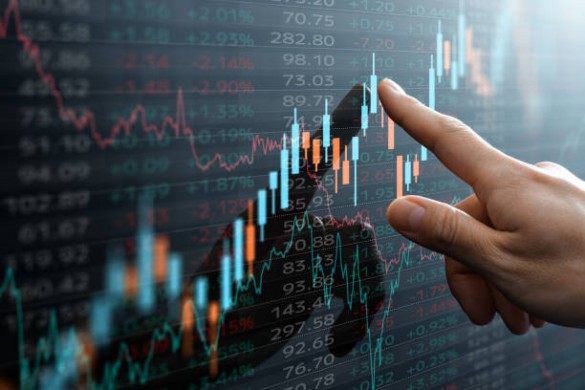As well as £65m tied up in industrial and commercial property (with no debt) producing an income of around £3.5m J Smart (LSE:SMJ) has over £23m in net cash, land and shares. It also has a construction business that only uses £1.4m, and occasionally produces a profit, but this is rare.

(Market capitalisation is £49m with the shares at £1.10).
Cash, Land and Shares
| £000s | 2017 | 2016 | 2015 | 2014 | 2013 | ||||
| Cash | 26,524 | 26,785 | 26,047 | 16,802 | 15,157 | ||||
| Less overdraft | -8,791 | -12,628 | -12,724 | -8,732 | -9,664 | ||||
| Net funds | 17,733 | 14,157 | 13,323 | 8,070 | 5,493 | ||||
| Deposits of cash
(3 month’s notice) |
2,536 | 5,519 | 3,502 | 0 | 0 | ||||
| Listed company shares | 1,000 | 326 | 337 | 0 | 3,817 | ||||
| Land held for development | 2,372 | 1,953 | 1,908 | 1,796 | 1,708 | ||||
| Work in progress | 172 | 420 | 3,402 | 3,683 | 11,644 | ||||
| TOTAL | 23,813 | 22,375 | 22,472 | 13,549 | 22,662 |
(Land held for development and work in progress is valued at the lower of cost and net realisable value).
An over-flowing cup
Clearly this company has more money than it knows what to do with. With the exception of the land and work in progress elements, the money represented in the table is not needed for operations.
Indeed, the investment property holding division could easily take on some borrowing to finance itself and/or add to the cash pile in this “Cash-land-shares division” – after all, investment property produces £3.5m rent annually.
The sums in the table produce very poor returns – around 1% if you’re lucky – mostly because the bulk of it is in cash. We can conclude that the directors run a very inefficient balance sheet. We can also conclude that one day that money might be handed to shareholders.
The directors have been on the path of distribution for some time, but they have room to accelerate this – see next table. If the directors continue to produce earnings north of £3m but distribute less than £2m to shareholders then they will accumulate an ever larger cash pile. A special dividend anyone? Or a large rise in share buy backs?
| £m | Profit after tax | Dividends paid | Spent on share buy backs | Total flowing to shareholders | |||
| 2017 | 3.73 | 1.40 | 0.55 | 1.95 | |||
| 2016 | 3.49 | 0.84
(after waivers of final dividend by over 50% of shareholders) |
0.70 | 1.55 | |||
| 2015 | 3.00 | 0.85
(after waivers of final dividend by over 50% of shareholders) |
0.83 | 1.68 | |||
| 2014 | 1.03 | 0.86
(after waivers of final dividend by over 50% of shareholders) |
0.29 | 1.15 | |||
| 2013 | 0.38 | 0.87
(after waivers of final dividend by over 50% of shareholders) |
1.85 | 2.72 | |||
| 2012 | -0.53 | 1.44 | 0.75 | 2.19 | |||
| 2011 | 1.01 | 1.43 | 0 | 1.43 | |||
| 2010 | 3.73 | 1.40 | 0 | 1.40 | |||
| 2009 | -1.16 | 1.39
(after waivers of interim dividend by over 50% of shareholders) |
0 | 1.39 | |||
| 2008 | 5.33 | 0.65
(after waivers of interim and final dividend by 51% of shareholders) |
0 | 0.65 |
Musing on the future of that cash
NCAV is £87m and the number of shares is 44.5m, therefore NCAV per share is £1.96.
By buying-in 1% or so of its shares each year the controlling family and the other remaining shareholders gain an increase in net current asset value per share.
We can consider some alternatives:
Assume the company produces £3m after-tax profits in all future years (less than it achieved recently). If NCAV grows by £1m over the next year to £88m because the company retains £1m after paying out £2m (£1.4m in dividends and £0.6m in share buy backs), then NCAV per share rises to £2 (£88m/44m).
Thus shareholders benefit from, firstly, the £1.4m/£49m = 2.86% dividend yield, and second, b
………………To read the rest of this article, and more like it, subscribe to my premium newsletter Deep Value Shares – click here http://newsletters.advfn.com/deepvalueshares/subscribe-1

 Hot Features
Hot Features













